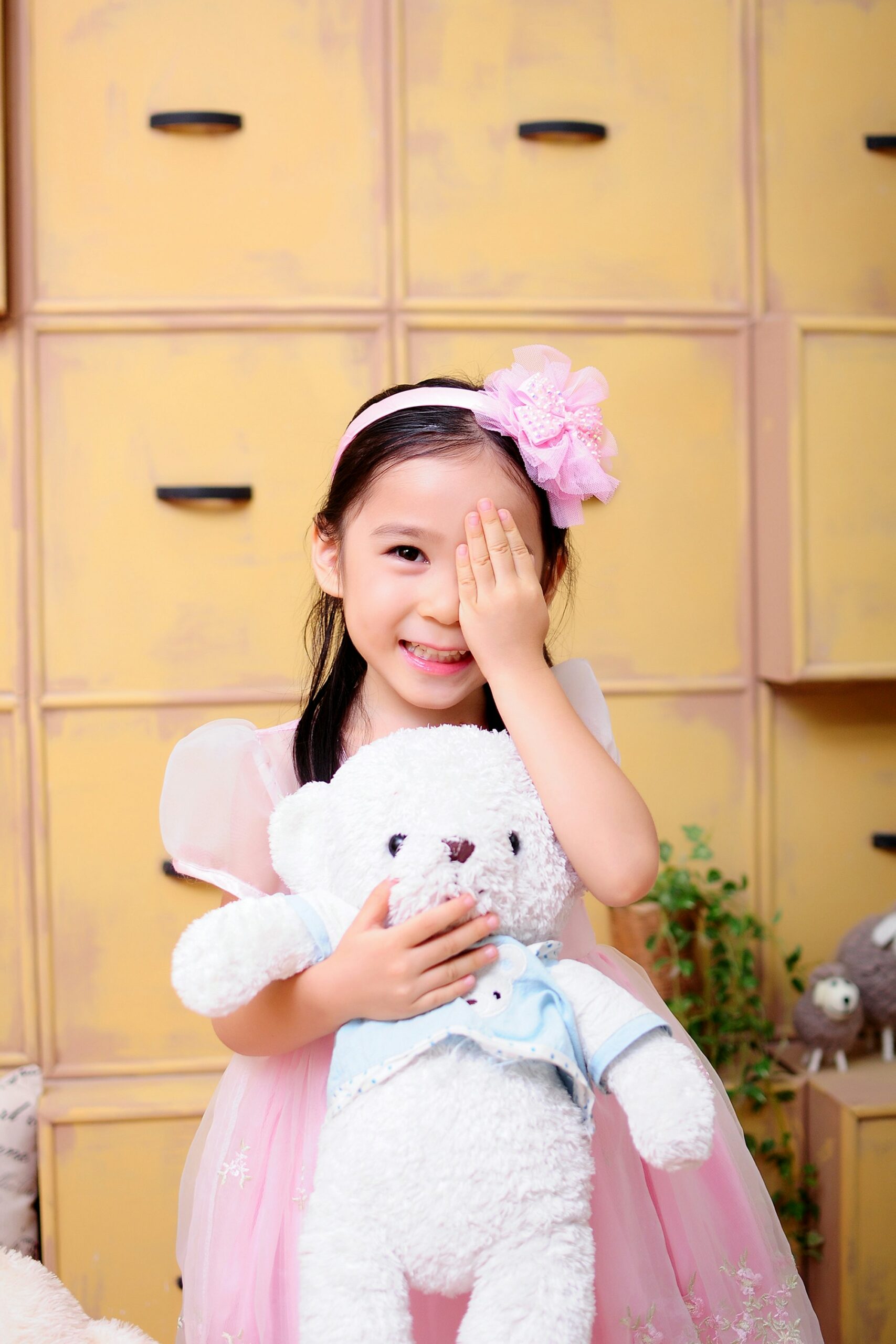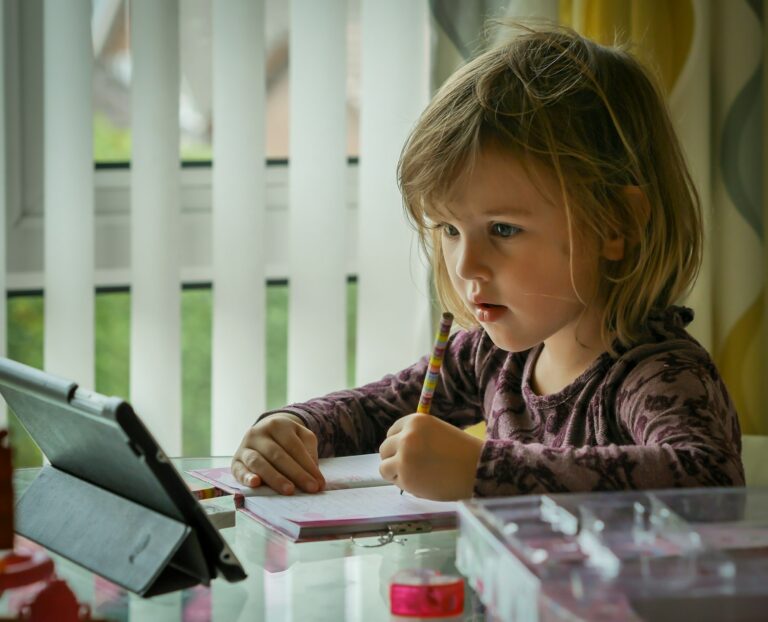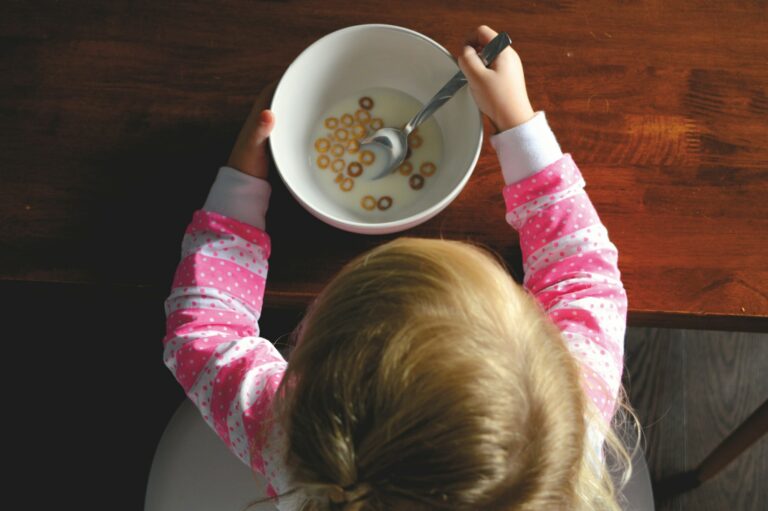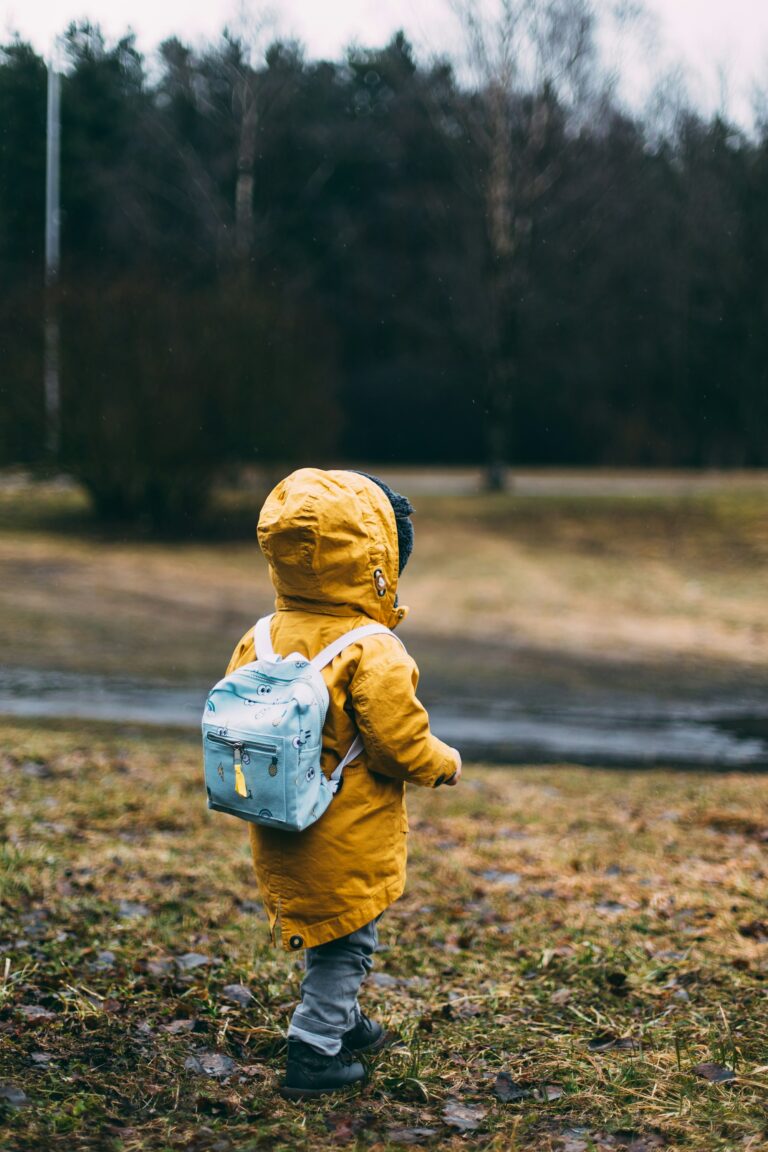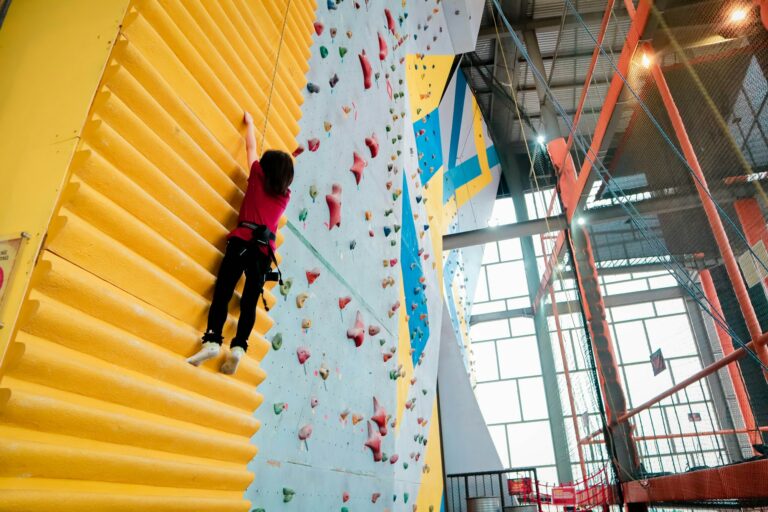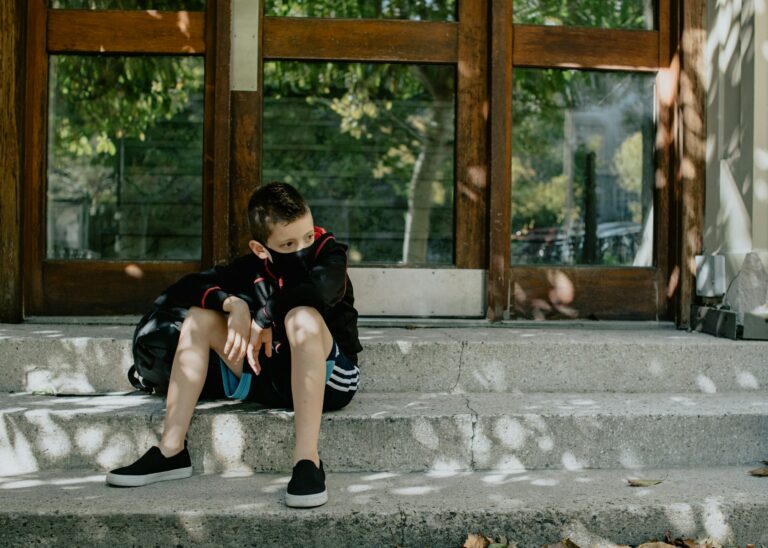Childhood at five years old can feel like a whirlwind—one moment, your child is tying their shoelaces with focused concentration, and the next, questioning why the sky shifts colours or pleading for “just five more minutes” at playtime. Parents often ask themselves: “Is my five year old child growing and learning as expected?” or perhaps, “How can I best nurture curiosity, manage those sudden mood swings, and support this exciting independence?” It’s common to oscillate between pride at new skills and uncertainty about setbacks—perhaps still struggling with separation moments or navigating intense friendships. Here you will find practical answers rooted in developmental science, revealing the ways a five year old child typically changes physically, cognitively, socially, and emotionally. Each milestone is both a triumph and sometimes a source of worry—a normal dance at this age. You’ll discover hands-on ideas to support your five year old child’s learning, health, and confidence—while always considering their unique pace. Ready to explore the vibrant world of five? Let’s delve into the growth, daily routines, health precautions, and behavioural guidance that truly matter at this energetic age.
Five year old child development milestones
Physical development
A five year old child generally adds about 2 to 3 inches in height and 4 to 5 pounds each year, often with sudden spurts—tiny pants grown short overnight, shoes suddenly snug. You may notice improved gross motor abilities: skipping, hopping, balancing on one foot for a good ten seconds, sometimes attempting a brief dash on tiptoes. These skills don’t arise by chance—muscle growth, neural maturation, and lots of practice on playground swings, climbing frames, and spontaneous backyard “races” stimulate both coordination and confidence. Fine motor abilities also enter a fascinating phase: tying laces (with varying patience), handling utensils, and copying intricate shapes like triangles reflect improved hand-eye coordination and a more refined pencil grip. Medical experts state that by age five, a child’s vision largely stabilizes near 20/20, ensuring clear perception of letters and colours as they start reading or drawing with gusto.
Cognitive and language development
Ever encountered a barrage of “Why?” questions from your five year old child? This age brims with curiosity, as cognitive leaps allow children to understand patterns, time concepts (yesterday, today, tomorrow), and begin to categorise their universe. The journey from first counting to ten towards recognising numbers or even writing them unfolds rapidly. Scientific studies highlight that the typical five year old child commands a vocabulary over 2,000 words, forms full, grammatically correct sentences, and recounts stories involving at least two sequential events. Notice the delight in recounting “what happened in school”—the ability to use tenses (“I will go”, “I went”) marks a shift in abstract thinking and memory. Familiar letters and numbers gain meaning, bridging oral language to early reading and writing.
Social and emotional development
Social development at five is nothing short of lively. Group play emerges—your five year old child may gravitate towards games with clear rules, replace parallel play with genuine turn-taking, and feel the weight of fairness. The ability to see another’s perspective, a foundational aspect of empathy, now shows up more reliably, reducing (but not erasing) emotional outbursts. Emotional regulation matures—instead of collapsing in tears over a lost toy, your child might use words like “I’m upset” or ask for help. These are significant signs of frontal lobe maturation and improved self-regulation. Friendships start to matter; some children may even have a “best friend”. Being “part of a group” at school or on the playground brings belonging, but occasionally rivalry too, especially with siblings. Household tasks—setting the table, sorting laundry—are enjoyed for the sense of responsibility they confer, and help cement the value of being helpful and independent.
Typical daily routines for a five year old child
Morning and bedtime habits
Structure is a parent’s hidden ally. Try setting up a morning routine where your five year old child wakes up at a consistent hour, usually between 6:00 and 7:30 a.m. Did you know most five year olds will proudly dress themselves, even if socks sometimes land on the wrong feet? These acts foster autonomy. Encourage children to brush their teeth and wash up—these routines, repeatedly reinforced, shape lifelong hygiene. Packing a nutritious breakfast can seem simple but is scientifically proven to boost cognitive focus and stable energy through the day.
When evening approaches, routines become a sanctuary. Sleep scientists recommend 10 to 13 hours of nightly rest for a five year old child. Gentle rituals—a warm bath, brushing teeth, followed by a favourite story—signal the body to wind down. Limiting screens at least an hour before bed aligns with pediatric advice, minimising sleep disruptions linked to blue-light exposure. Even if your child resists (as many do), a calm, regular bedtime pays dividends in mood and immunity.
School and home life
The start of kindergarten or pre-primary is not just a change for your five year old child—it reverberates across the household. A gentle transition (school visits, meeting the teacher) can lower separation anxiety. Familiar objects in the school bag function as psychological anchors. Well-balanced meals—three per day with 1–2 snacks—fuel growth. Outdoor play and imaginative activities aren’t just fun, they’re recommended for optimal sensory-motor integration and early learning. Involving children in simple chores and choices builds self-worth—small acts like choosing a snack or counting out napkins blend responsibility with active learning.
Shared family activities—be it reading out loud from a picture book, orchestrating an impromptu art session, or taking a lazy evening nature stroll—provide emotional security and promote rich conversation. Playdates with classmates and siblings hone social negotiation, cooperation, and kind behaviour.
Health and wellness for five year old child
Preventive care and daily health habits
Annual visits to the paediatrician serve as milestone checkpoints. During these visits, healthcare professionals measure growth (height, weight), check blood pressure, and conduct developmental screenings covering motor skills, language, and emotional wellbeing. Timely immunisation—including kindergarten boosters—remains non-negotiable to prevent communicable diseases. Dental hygiene deserves special emphasis: twice-daily brushing with fluoride toothpaste and biannual dental checkups, sometimes including professional fluoride application, are now standard practice.
Vision and hearing screenings should not be skipped; early detection of refractive errors or minor hearing loss can spare a child academic or social difficulties down the line. Reinforce personal health basics: handwashing before meals, safe bathroom use, and awareness of personal boundaries (appropriate and inappropriate touch). Teach your five year old child to verbalise discomfort and set clear boundaries—these lessons build both confidence and bodily autonomy. Proactive safety habits—helmets for cycling, scrupulous handwashing, and learning to cross the street safely—set the stage for a safer childhood.
Building good hygiene and healthy routines
Handwashing after outdoor play and before every meal significantly reduces infection risk, according to medical literature. Encourage your five year old child to become involved in daily personal care—dressing, toothbrushing, bathing. Dietary variety matters: include fruits, vegetables, whole grains, lean proteins, and dairy. Pediatric nutritionists advise restricting juice to 4–6 ounces daily to avoid excess sugar intake, reducing the risk of obesity and tooth decay. Promote at least one hour of physical activity every day and keep screen exposure to a maximum of one hour of high-quality content (as recommended by major paediatric associations). A regular bedtime underpins everything—restful sleep ensures physical growth and emotional balance.
Educational readiness and learning support
Preparing for school and adapting to transitions
For a five year old child, readiness to thrive in school means handling separation well, following instructions, and practicing self-care. Walking through the school day at home—using the bathroom independently, putting on shoes, caring for their own bag—fosters confidence. Before term starts, visits to school or scheduled playdates with classmates can ease the strain of novelty. Keep communication lines open with teachers, sharing both your child’s strengths and anxieties. It takes a village, as the saying goes; continuous dialogue supports consistent growth and adaptation.
Encourage independent attempts before jumping in to help—struggling with a new task and finally finding success is what forges resilience and adaptability. Every five year old child travels a unique developmental journey—milestones are guides, not rigid benchmarks. Whenever uncertainties linger—perhaps delayed speech or fine motor challenges—do not hesitate to discuss with educators or healthcare professionals. Early observation and support ensure everyone can learn and thrive at their own speed.
Play-based learning and creativity
Play is the work of childhood. From structured activities like puzzles, memory games, or shape-sorting to the wild inventiveness of pretend play—imagination is daily nourishment for neural circuits. Art supplies—crayons, scissors, colourful paper—unleash creativity while strengthening grip and coordination. Curiosity thrives on adventure: plan nature walks or library outings and let your child set the agenda sometimes. When a five year old child asks “Why” or “How”, responding in detail feeds a burgeoning love of discovery. Alternating between guided play and true free play encourages both discipline and autonomy.
Activities for five year old child to promote growth
Physical and outdoor activities
Movement is more than fun. Daily high-energy play—running, dancing, hopping—builds both muscle and bone density, under careful supervision. Playground equipment invites balancing, swinging, and climbing, naturally enhancing coordination and risk assessment. Games like tag or simple kickball not only foster physical health but improve memory and quick decision-making (a lesser-known but well-documented benefit of regular exercise). Nature hunts and family bike rides, with helmets always, offer new sensations and sensory experiences—essential for robust nervous system development.
Cognitive, social, and creative activities
Memory games and puzzles challenge the mind of a five year old child. Engaging board games introduce patience and respectful competition. Storytelling, singing, and ensemble play sharpen social awareness. Arts and crafts, especially with recycled materials or natural objects, encourage both creative and ecological thinking. Give opportunities for children to plan or help in simple science experiments—pouring, mixing, sorting—watch their confidence blossom. Presence matters: sharing these moments, noticing achievements, and responding to natural curiosity, cultivates joy in learning.
Encouraging independence and self-confidence
Practical skills and building autonomy
Let your five year old child lead with everyday tasks: setting the table, matching socks, organising their toys. Celebrate effort, not just success—independence is built on trial and, sometimes, delightful error. Self-care routines—dressing, washing, using the bathroom independently—produce pride and practicality in equal measure. Small choices—”Would you like apples or bananas for snack?”—empower decision-making and self-belief.
Positive communication and guidance
Fostering open dialogue from early on encourages healthy emotional development. Use clear boundaries—explaining rules and the reasons behind them. Positive reinforcement, focused on effort and pro-social behaviours, helps children internalise values without fear. When your child struggles with peers or tasks, offer support and problem-solving strategies rather than quick fixes. Gentle, consistent discipline—using timeouts sparingly, encouraging reflection over reactivity—teaches respect and patience, which are the foundation of future social relationships.
Family and social dynamics
Sibling relationships and peer interactions
The social landscape at five is expanding rapidly. Encourage joint play between siblings; these formative games build negotiation and patience. Teach peaceful conflict resolution, model sharing, and affirm positive interactions. Sometimes, rivalry or hurt feelings will surface—those are ripe opportunities to name emotions and practice empathy. Friendships blossom outside the home too; playdates nurture a sense of teamwork and inclusion, gently preparing a five year old child for the broader social world.
Parental involvement and adapting to family changes
Changes—school beginnings, new homes, family additions—can bring both excitement and uncertainty. Steady routines, open conversations about what to expect, and frequent reassurance make transitions smoother. If your child clings a bit or throws unexpected tantrums around these moments, rest assured that emotional upheaval is common. Prepare your five year old child by visiting new environments, establishing fresh routines gradually, and answering questions honestly. Continued parental presence—joining in with play, reading together, being there after a tiring school day—serves as a stabilising anchor.
Behavioral challenges and solutions
Common concerns and when to seek advice
Testing boundaries is a classic trait at this age. Your five year old child may whine, argue, or throw the occasional tantrum as they seek autonomy. Consistent rules, gentle redirection, and generous praise for patience and effort promote positive behaviour. Allow mild natural consequences where safe—a spilled cup gets wiped, a forgotten lunch leads to a brief hunger pang. As emotional vocabulary expands, outbursts will slowly diminish, but if persistent aggression, severe withdrawal, or loss of previously mastered skills appear, a paediatric consultation is appropriate. Early intervention, grounded in solid evidence, improves outcomes for both children and families.
Early signs of developmental challenges
Speech delays, pronounced difficulty in following directions, limited social interaction, or trouble with basic coordination deserve professional attention. If your five year old child experiences chronic tantrums, bewildering sleep issues, unclear speech by peers’ standards, or frequent accidents despite established toilet training—don’t hesitate to seek guidance from healthcare professionals. Timely support reassures everyone and often leads to enhanced school and social experiences.
Safety tips for five year old child
Home and personal safety
Keep dangerous substances and tools securely locked away. Install safety gates, childproof electrical outlets, and anchor heavy furniture. Teach essential details: full name, parents’ contact number, home address. Role-play “safe” and “unsafe” touch scenarios, empowering your five year old child to speak up if uncomfortable. Supervise water activities strictly, and set clear road safety rules—always crossing with an adult, always wearing a helmet on cycles. Maintain up-to-date smoke detectors and reinforce emergency protocols. Practicing what to do when lost or in danger can help children respond calmly if the unexpected occurs.
Awareness of home hazards—sharp edges, hot surfaces, choking risks—and outdoor dangers—traffic, improper play equipment—shields children from preventable injury. Frequent, friendly reminders rewire habits, making safety second nature.
Key Takeaways
- Each milestone your five year old child achieves reflects ongoing physical, emotional, and cognitive development
- Regular routines, balanced eating habits, and sufficient sleep are anchors for growth and wellbeing
- Daily play fosters learning, social skills, and healthy bodies—no substitute for active exploration and creativity
- Open dialogue, empathy, and encouragement sustain self-confidence and independence
- Early detection and response to developmental concerns can dramatically improve outcomes—health professionals are valuable allies
- Protective measures at home and outside build long-term safety awareness
- Honour your child’s unique journey; patient, consistent support is the most powerful tool for nurturing happy, healthy growth
- For reliable guidance and free child health questionnaires, download the application Heloa and access personalised advice from trusted professionals
Questions Parents Ask
How can I help my five year old child adapt to changes or transitions?
Big changes—new school, a different home, a sibling joining the family—can feel overwhelming for a five year old child. It’s common if your child becomes extra clingy or emotional during these times. Try to keep routines stable, explain upcoming changes gently, and visit new places with your child before the change happens. Reading stories about similar situations or even acting out what might happen can prepare your child and make transitions feel less frightening. Adaptation can take time—each child’s rhythm is different.
What are some behavioural red flags to watch for in a five year old child?
Noticing odd patterns or struggles? While growth varies widely, certain behaviours may signal issues worth checking. Persistent problems socialising, constant difficulty following simple directions, extremely frequent tantrums, or loss of abilities your five year old child already mastered might call for attention. These can be temporary, but if they last, seeking a healthcare provider’s insight is always a good step—early input often leads to smoother solutions for your child and your family.
How can I encourage my five year old child to develop positive friendships?
Early friendships are about more than play—they teach sharing, cooperation, and emotional intelligence. Arrange regular playdates, watch how your five year old child interacts in groups, and gently coach through any quarrels. Talking about how friends feel, naming emotions, and celebrating the small moments of kindness or newfound courage help foster social growth. Remember, each child builds friendships differently—patience and gentle support are key.
Further reading:

